Innsbruck on the River Inn
A lovely Austrian city

The capital of the western state of Tyrol and the fifth-largest city in Austria, Innsbruck is well-known as a winter sports destination. The city is located in a magical setting with the Alps all around. It sits on the River Inn. The city itself has lots to offer tourists, and then you can stray up the mountains and into the meadows for breathtaking views. In winter this is the ideal place for skiing and other winter sports, and in the summer months for hiking and mountain climbing.

Gothic Hofkirche, one of the finest royal court churches in Europe, was commissioned by Ferdinand I in 1553. Among the highlights here is the empty sarcophagus of Emperor Maximilian I, a masterpiece of German Renaissance sculpture carved from black marble. White marble reliefs decorate the tomb depicting victorious scenes of Maximilian and are the artwork of Alexander Colin. Twin rows of twenty-eight giant bronze figures guard the sarcophagus. The marble tomb of Archduke Ferdinand II and his first wife, Philippine Wesler is guarded by a silver Madonna.
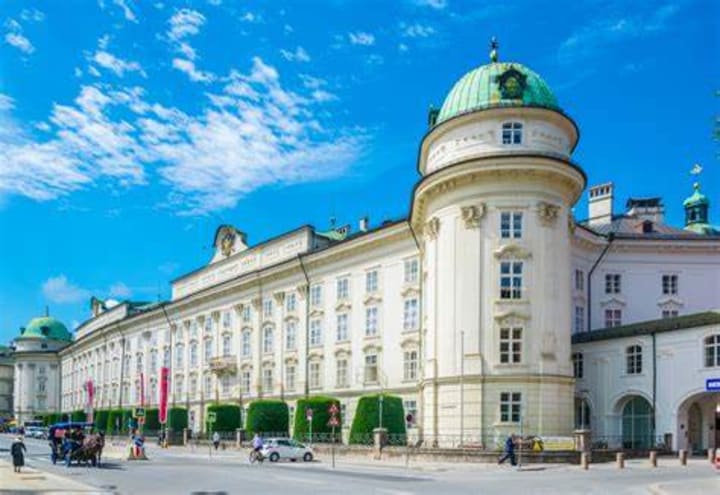
The Hofburg is a castle that was built for Archduke Sigmund the Rich in the 15th century. Later Emperor Maximilian I added to the castle in the 16th century and Empress Maria Theresia made further changes in the 18th century. The highlight here is the 31m-long Giant's Hall with frescoes and paintings of Maria Theresia and her sixteen children.

The Tyrolean State Museum exhibits Bronz Age artifacts and the original reliefs used to design the Goldenes Dachl. There are artworks by Rembrandt, an impressive collection of Austrian art including Gothic altarpieces, Klimt and Kokoschka paintings and Viennese Actionist works. Specifically reflecting Tirol are the late-Baroque artworks by fresco master Paul Troger, Kitzbuhel winterscapes by Alfons Walde, and depictions of rural life in postwar Tirol by Albin Egger-Lienz.

Ambras Castle sits atop a hill. It was acquired by Archduke Ferdinand II and transformed from a fortress into a palace in 1564. Among the highlights here is the Spanish Hall with an impressive armor collection. This 43m-long banquet hall has a wooden inlaid ceiling, and Tyrolean nobles gaze down from the walls. In the courtyard is the sunken bathtub used by King Ferdinand's wife Philippine, to bathe. The Portraitgalerie has rooms with Habsburg portraits and the artwork of Titian, Velazquez, and Van Dyke.


The Nordkettenbahnen, a space-age funicular, takes passengers from the Congress Center to the slopes. It runs every fifteen minutes. You can also enjoy nature by taking the walking trails, and there is also a downhill track for mountain bikers and two fixed-rope routes for climbers. Reaching the 2334m summit of Hafelekar you'll have fantastic views of Innsbruck and the snowcapped Austrian Alps.
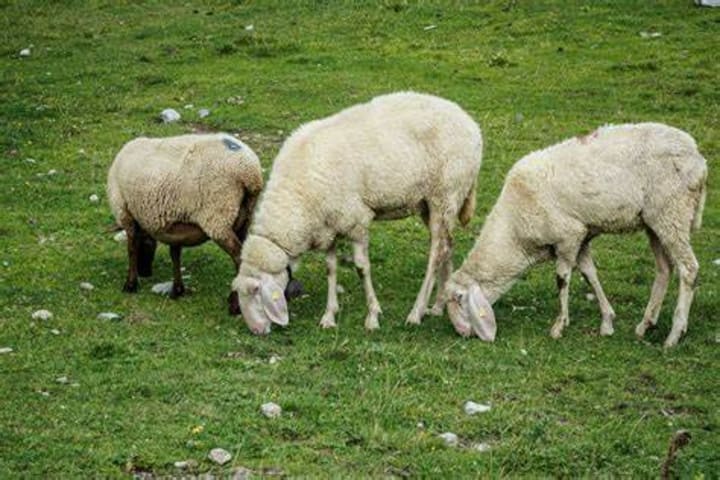
Heading on up, keep an eye out for Alpine sheep.

Innsbruck's lovely Old Town has lovely medieval houses painted in pastel colors. The main street is Herzog-Friedrich Strasse eventually opening out into a central plaza lined with arcades. Visitors enjoy strolling through a labyrinth of mysterious alleyways.

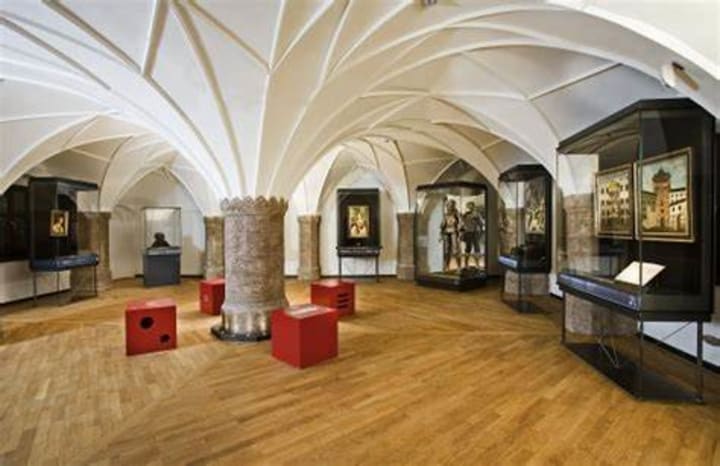
The Golden Roof Museum has exhibits and interactive elements telling the story of this unique building. There are six rooms for information and entertainment. Kunz von der Rosen, the mascot of the museum, guides children as they step back into history. During the time of Emperor Maximilian, Kunz von der Rosen was the court jester.
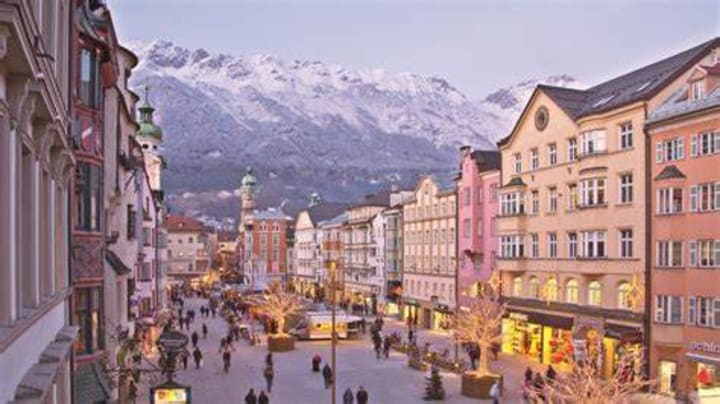
Along Maria-Theresien Strasse you will find stores and pavement cafes. Over 700 years ago this street in New Town was an area of a few farmhouses. During the Baroque period, the aristocracy began building palatial homes along this way. Walking along the street you can see impressive residences like Palais Grumpp, housing the Tyrolean government, and Palais Trapp with a lovely inner courtyard and cafe.
Among the monuments you can see are the Triumphal Arch and St. Anne's Column. Since 2009 this street has become an elegant promenade with granite paving, benches, and street lamps made of brass and wood. The north end has been pedestrianized, and the south end has wide pavements.

St. Anne's Column in the center of Maria Theresien Strasse was erected on July 26, 1703, to commemorate the liberation of Tyrol from Bavarian troops. A red marble statue of St. Mary has been erected on the top of the Corinthian column. Surrounding the column are statues of the Saints Kassian, Vigilius, George, and Ann; and the artwork of Christoforo Bendetti, an Italian sculptor from Trento. From the column, you can view the city and surroundings in a northerly direction.

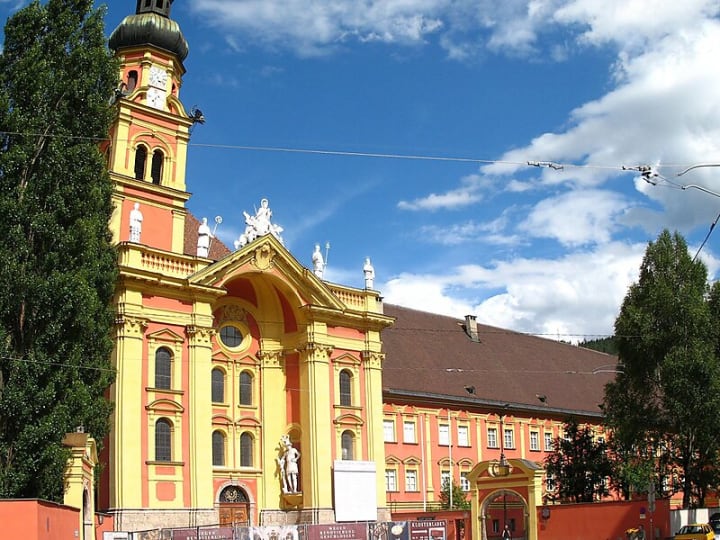
Wilten Abbey Basilica is a masterpiece of the Rococo style and home to the famous Wilten Boys' Choir. Visitors come to see the late Gothic figure of Our Lady Under the Four Columns displayed on the ciborium altar. In the mid-18th century, this church was completely restored by the clergyman and building dilettante Franz de Paula Penz. The church is open for viewing at any time except during services.

The Innsbruck City Tower rises to a height of 51m. It was built between 1442 and 1450 as an extension of the former City Hall. The tower is among the most important historical landmarks in the city. Located on the main square there is a viewing platform 148 steps up to a height of 31m for awesome views of Innsbruck and the Innsbruck Stuberl located just below the top spire, overlooking the rooftops of Old Town.

The Imperial Palace was once the seat of the Tyrolean sovereigns. It was built in the late Gothic style by Archduke Siegmund the Rich about 1460, and rebuilt in the Baroque style by Empress Maria Theresia between 1754 and 1773. This palace has a set of domed towers, four wings, and a two-story Riesensall, painted white and gold. The Imperial Apartments have 25 state apartments dating from the 18th and 19th centuries. For special occasions, the Gothic Cellar can be rented.

The Imperial Gardens are a lovely park designed in the early 15th century. One of the highlights of the park is a music pavilion hosting summer concerts. There are two open-air chess boards, park benches, a playground for children, and a cafe. Near the main entrance is a monument to Archduke Eugene, the artwork of the famous Austrian architect Clemens Holzmeister in 1957.

You'll find the impressive greenhouse Palmenhaus on the grounds of the Imperial Gardens. Inside are 1700 different plants cultivated in three different climate zones.

Leopold's Fountain is an equestrian statue on Rennweg Street. It is the oldest surviving depiction of a rearing horse north of the Alps. The rider was Archduke Leopold V, the ruler of Tyrol, from 1619 to 1632. By the fountain are statues of goddesses and deities, the artwork of Caspar Gras. The original figures can be seen at the Tyrolean State Museum.

The Ottoburg, an ancient house covered with wild vines, was built on orders of Maximilian I in the 15th century. Today it is home to a restaurant and wine bar. You can take a look at the different rooms. In front are two statues that depict a father and son in commemoration of the wars against the French army under Napoleon in 1809. It is the artwork of sculptor Christian Plattner.

Bergisel Ski Jump is located high up above Innsbruck on the wooded Bergisel Hill. This new ski jump was designed by Iraqi-born and London-based architect Zaha Hadid. The tower stands 47m high and offers fantastic views. The Stadium facilities include a gondola, elevator, panoramic cafe, and a vantage spot on the jumping platform.

About the Creator
Rasma Raisters
My passions are writing and creating poetry. I write for several sites online and have four themed blogs on Wordpress. Please follow me on Twitter.


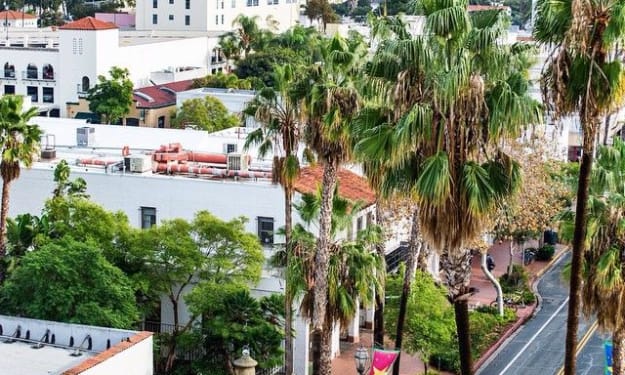



Comments
There are no comments for this story
Be the first to respond and start the conversation.